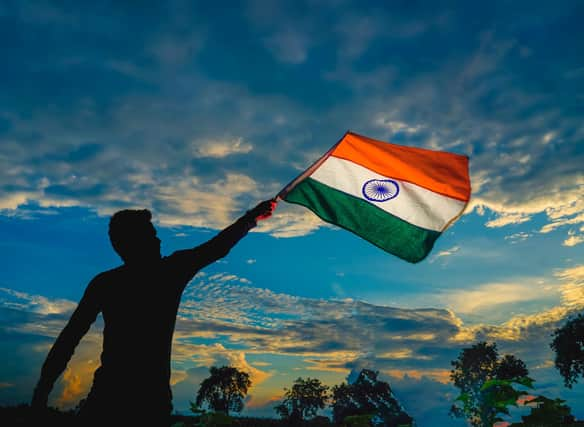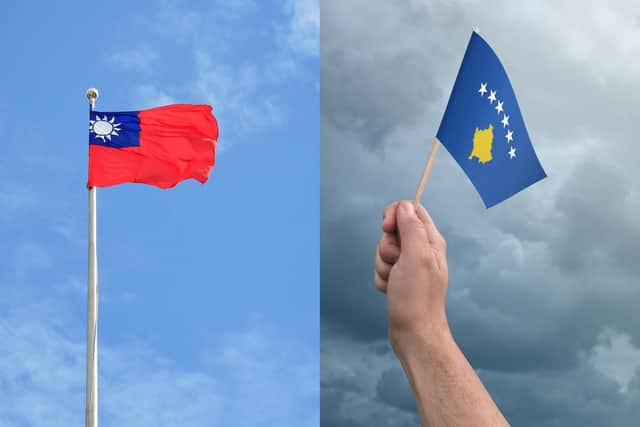How many countries in the world 2023 and is India or China the most populated?


What is a country?
According to the 1933 Montevideo Convention, there are four criteria that must be met to qualify as a country: the region must encompass a defined area of land, have a ‘permanent’ population, possess a government and this government should be able to interact with other states.
Overall, a country is any area of land that acts as its own independent political unit functioning under its own government. This may not seem strict but it instantly disqualifies many places that are widely considered countries but aren’t e.g., Kosovo.
How many countries are in the world in 2023?
Advertisement
Hide AdAdvertisement
Hide AdWorldometer reports that there are 195 countries in the world as of 2023. However, of these 195 countries there are two that are not member states of the United Nations. These countries are the State of Palestine and the Holy See which as exceptions are referred to as “non-member observer states”.
Which country has the largest population?
Currently, the World Population Review confirms the United Nation’s 2022 report that India will surpass China as the world’s most populated country. According to them, here are the ten most populated world countries today:


India (1,426,290,537)
China (1,425,734,472)
United States(339,672,027)
Indonesia (277,128,033)
Pakistan (239,650,580)
Nigeria (222,866,219)
Brazil (216,202,925)
Bangladesh (172,643,192)
Russia (144,532,614)
Mexico (128,288,553)
Where are those countries located?
Of the 195 countries officially recognised by international organisations like the United Nations, this is where they are located:
Africa: 54 countries
Asia: 48 countries
Europe:44 countries
Latin America (& the Caribbean): 33 countries
Oceania: 14 countries
Northern America: 2 countries
Which countries aren’t recognised by the United Nations?
There are many examples of so-called ‘sovereign states’ that are not recognised by the United Nations as countries. For example, Taiwan is widely considered a country and even recognised by the US as such despite the UN controversially stating that it is represented by the People’s Republic of China.
There are also places like the Cook Islands and Niue which are recognised for having “full treaty-making capacity” independent of New Zealand however they are still not considered member states.
According to Political Geography Now, there are eight non-UN states in total with “partial recognition” including Taiwan, Kosovo, South Ossetia, Abkhazia, Northern Cyprus, Western Sahara's Sahrawi Arab Democratic Republic, and the Donetsk and Lugansk People's Republics tied to the Russia’s conflict with Ukraine.
Comments
Want to join the conversation? Please or to comment on this article.
